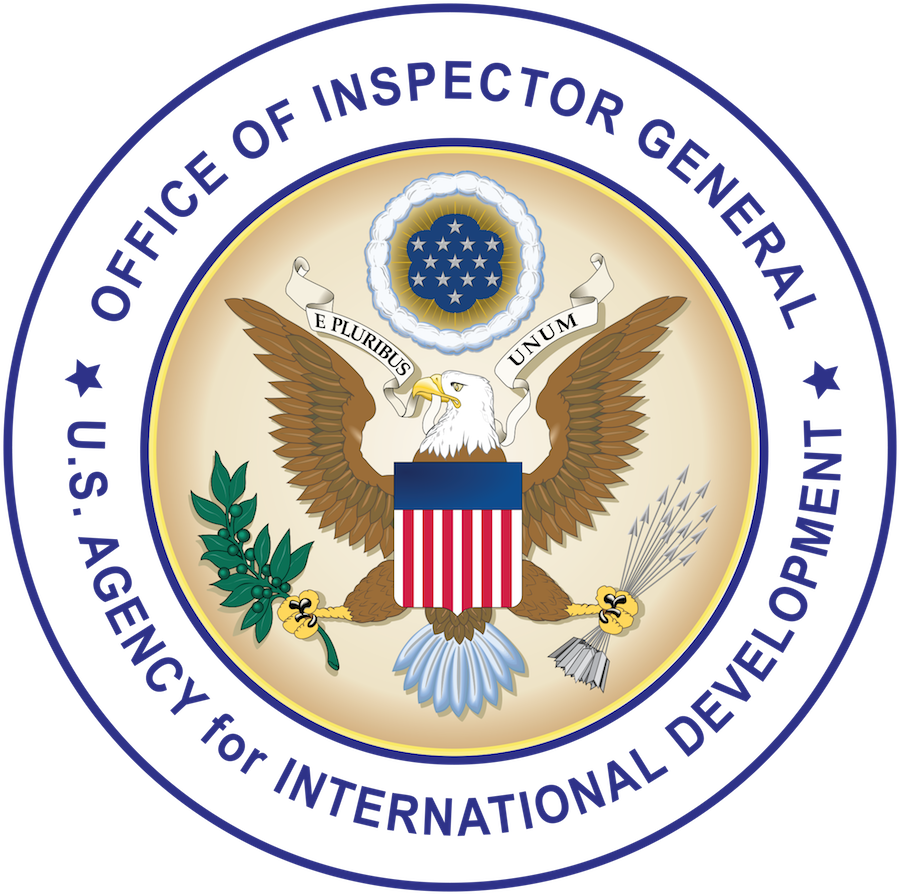The workforces of the Bureau of Humanitarian Assistance (BHA) and the Office of Transition Initiatives (OTI) have supported the world in emergencies and during political instability through a combined use of direct hire staff and contractors, increasingly relying on the latter over time. USAID has recognized that emergency responses are becoming increasingly prolonged. For example, USAID’s response to Liberia’s Ebola crisis in 2014 lasted less than two years, whereas the crises in Syria, Iraq, and South Sudan have been ongoing since 2013.
Such protracted crises require staff on the ground not just for months, but years. However, contracting mechanisms are generally short-term in nature and provide staff fewer protections and benefits than those for direct hire employees—which makes the positions harder to fill for the duration of their five-year terms.
Although contractors are less than a third of USAID’s staff, they are the majority at BHA and OTI. The two bureaus are primarily comprised of two types of contractors: personal services contractors (PSC) and institutional support contractors (ISC). While this workforce composition provides some advantages, reliance on contractors also presents a number of challenges.
Our objectives were to (1) assess advantages associated with BHA and OTI’s use of PSCs and ISCs, (2) assess challenges associated with BHA and OTI’s use of PSCs and ISCs, and (3) report on the alternatives that USAID has explored to BHA and OTI’s use of PSCs and ISCs.
Key Findings
Flexible funding allows BHA and OTI to hire contractors and meet the need for short-term surge staff.
- BHA and OTI have the authority to use program funds to fund PSCs and ISCs and directly control the process for hiring contractors, including technical surge staff for short-term, rapid deployments to meet staffing needs during a crisis.
Challenges include hiring and retaining contractors for long-term mission needs, increased administrative burden, and lack of data for workforce planning
- BHA and OTI are unable to control elements of contractor safety or privacy, as well as their exclusions from certain benefits, which affect BHA and OTI’s ability to recruit and retain contract staff.
- BHA and OTI are using available funding flexibility for PSCs and ISCs, based on a strategic decision by USAID to allocate less funding for direct hire positions. However, the workforce model of using short-term staffing mechanisms places a burden on direct hires allowed by law to take on more government functions than contractors. Additionally, the use of contractors forces the Agency to create and fund parallel hiring and management structures.
- USAID also does not systematically capture workforce data, including on administrative costs and human capital metrics, which would allow them to better plan and communicate needs to build a more sustainable workforce for long-term crises.
USAID has proposed various staffing solutions, including greater use of existing direct hire authority, as well as two new noncareer staffing types that are time limited, but provide greater flexibility and benefits. However, lack of stakeholders’ unity and funding authority have hindered implementation of staffing alternatives.
